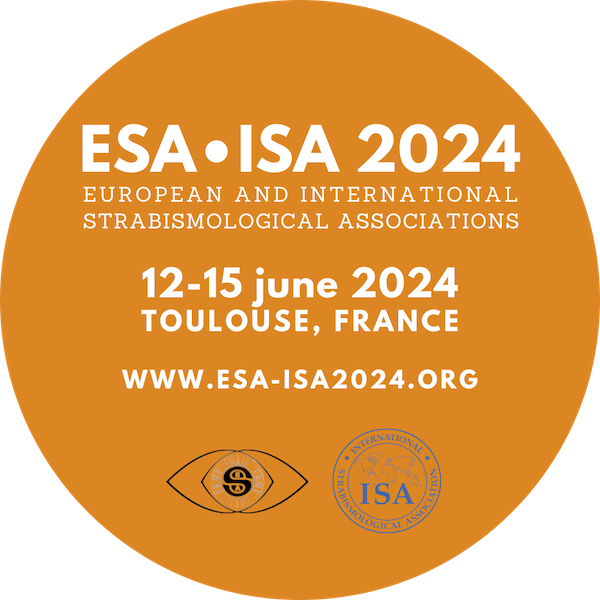
Session: Poster session C
Morphometric, ophthalmological and strabological assessment of children operated on due coronary craniosynostosis at the Children's Hospital in Olsztyn, Poland- preliminary report
Introduction
Children with craniosynostosis have abnormal structure of the orbits and often the eyeballs. Approximately 1:2000-1:2500 children are born with this defect every year in the world. This may lead to visual system dysfunction and vision impairment in the future. Most abnormalities occur in children with coronary craniosynostosis.
Methods
We examined the morfometric features of the orbits, the structure and position of the eyeballs on the basis of preoperative CT scans. We also examined the refractive error and the position of the eyeballs, mobility and strabismus angle in children before and after surgery. We also wanted to measured how the procedure affects the reduction of the strabismus angle.
Results
Based on these test, we obtained the following results- strabismus, differences in the size of the eyeballs, anisometropia and amblyopia. In order to present these irregularities, we present several cases.
Our research is at a preliminary stage. In the future, we plan to analyze the correlation between the observed morphological and ophthalmological disorders.
Conclusion
Currently, approximately 150 children with craniosynostosis are operated on in our hospital every year. In this group, coronary craniosynostosis accounts for approximately 6-10 cases per year. They are usually operated on within 1 year of life. We want to provide them with ophthalmological care for years to come.